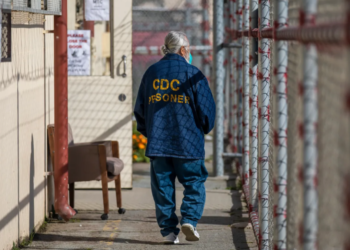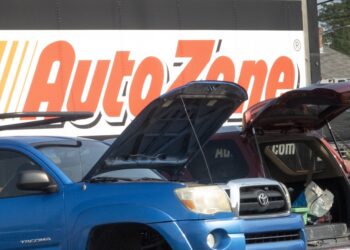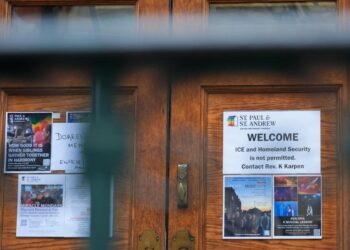By Allen G. Breed and Jocelyn Gecker | Associated Press
In a way, the black-and-white Palestinian scarf draped over Hannah Sattler’s shoulders this week and the tie-dyed T-shirts of 1968 are woven from a common thread.
Like so many college students across the country protesting the Israel-Hamas war, Sattler feels the historic weight of the anti-Vietnam war demonstrations of the 1960s and 70s.
“They always talked about the ’68 protest as sort of a North Star,” Sattler, 27, a graduate student of international human rights policy at Columbia University, said of the campus organizers there.
“Even the choice to take over Hamilton Hall was always the plan from the start of the encampment,” she says. “Not only because it just made a lot of sense logistically, but it also has that … strong historical connection with the 60s protests.”
Still, although it might be tempting to compare the nationwide campus protests to the anti-Vietnam War movement of a half century ago, Robert Cohen says that would be an overreaction.
“I would say that this is the biggest, in the United States, in the 21st century,” said Cohen, a professor of history and social studies at New York University. “But you could say, `Well, that’s like being the tallest building in Wichita, Kansas.’”
So far, there have been no bombings, like the one in August 1970 at the University of Wisconsin that killed a postdoctoral researcher and did $6 million worth of damage. There has been no repeat of the infamous Kent State massacre of May 1970, when National Guard troops opened fire on protesters at the Ohio campus, killing four.
Police have cleared encampments and made more than 2,000 arrests, and some, like the crackdown Thursday at UCLA have involved violent clashes. A police officer involved in clearing Columbia’s Hamilton Hall of protesters Tuesday fired his gun inside the building. But demonstrations elsewhere have been peaceful and even led to agreements with administrators to address…
Read the full article here







